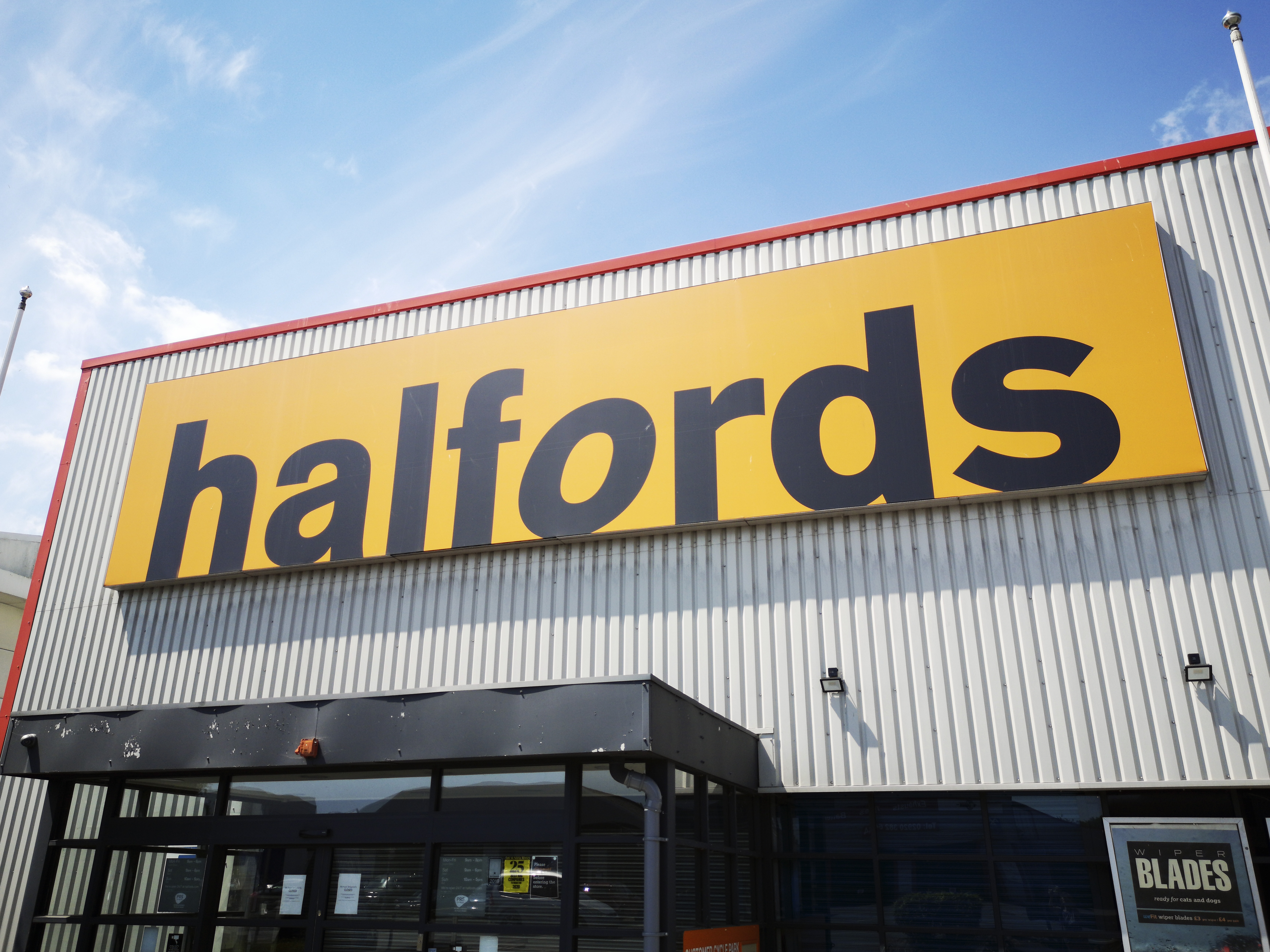
The retail giant Halfords has seen its cycling sales grow in recent weeks which will be seen as a sign in the wider cycling industry that the sector is due to turn a positive corner.
The retailer’s performance is often viewed as a bellwether marker for the wider UK cycling industry, with its sales often perceived as a marker for the overall cycling industry landscape in Britain. Much of the discourse around the UK industry has centred on plummeting sales, issues with excess stock and more in recent years, but Halfords now say that their sales have climbed up.
This marks a change from the outlook reported in November last year by the retail chain. The brand reported a 25% year-on-year fall in profits due to what the retailer described as a "decline in cycling" at the time.
While minimal figures were released by the retailer this week, Halfords reported that its sales were up in the financial year 2024-2025 which covers the 52 weeks leading up to 28 March. An update from the company published on its website states that sales are up by 1.7%. Despite the positive signs, the retailer did, however, urge that caution was still needed due to the retail consumer outlook remaining "uncertain".
Meanwhile the retailer announced that longstanding CEO Graham Stapleton was leaving Halfords and would be replaced by new CEO, Henry Birch. In a statement, Stapleton noted that results had been better than expected after a challenging period.
He said: "This is a performance to be proud of, mitigating more than £30m of inflation in what continued to be a very challenging trading environment in FY25. I want to thank every single Halfords colleague for their hard work in achieving a significantly stronger result than we anticipated at the start of the financial year."
Halfords also noted that while they have no export or import business in the United States, the group would be monitoring the situation surrounding President Donald Trump’s recently introduced tariffs of which, the brand said, the impact "remains to be seen". Halfords expect to be indirectly impacted by the tariffs with freight costs, product rates and shipping times potentially becoming affected by the situation.







